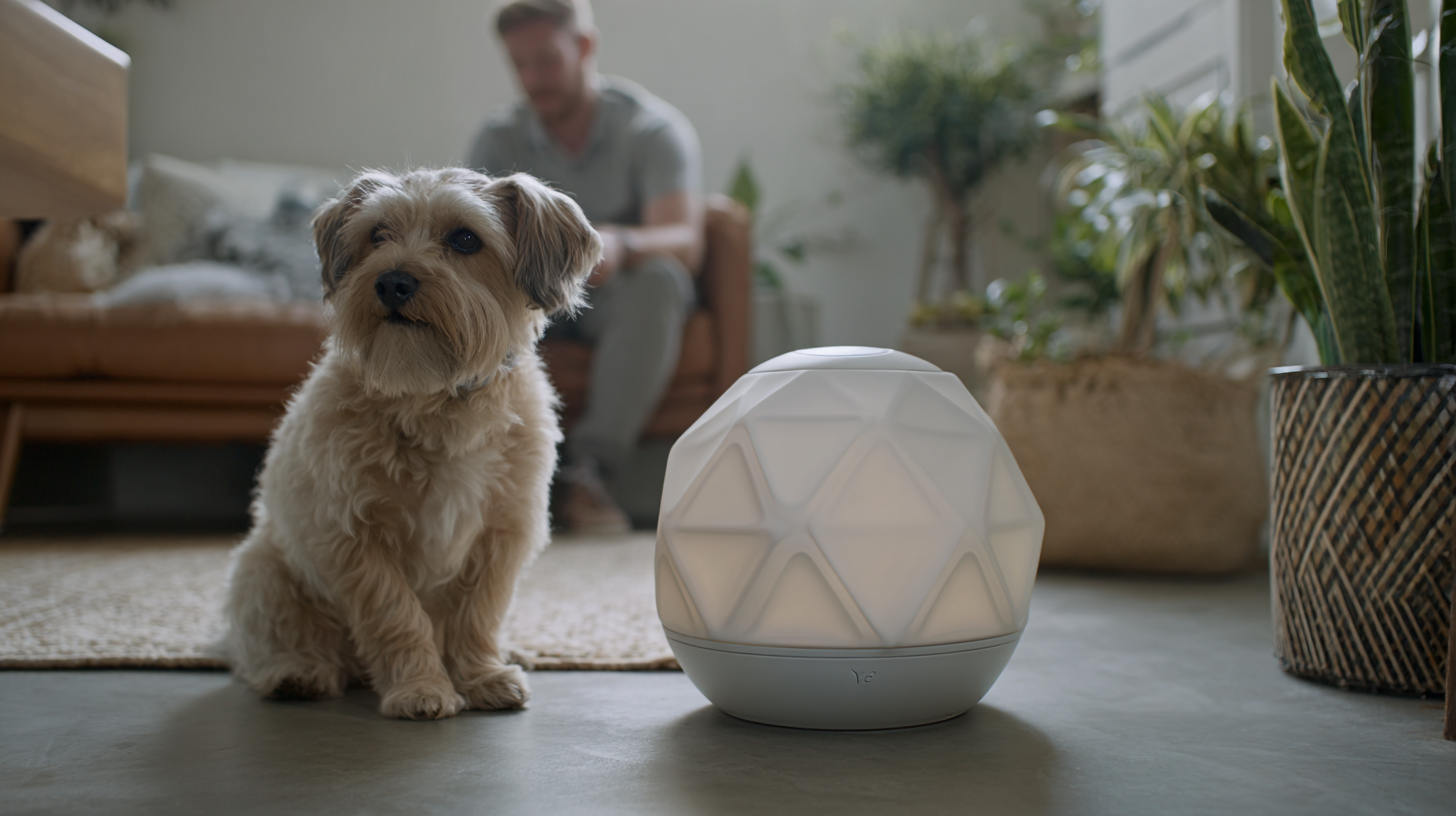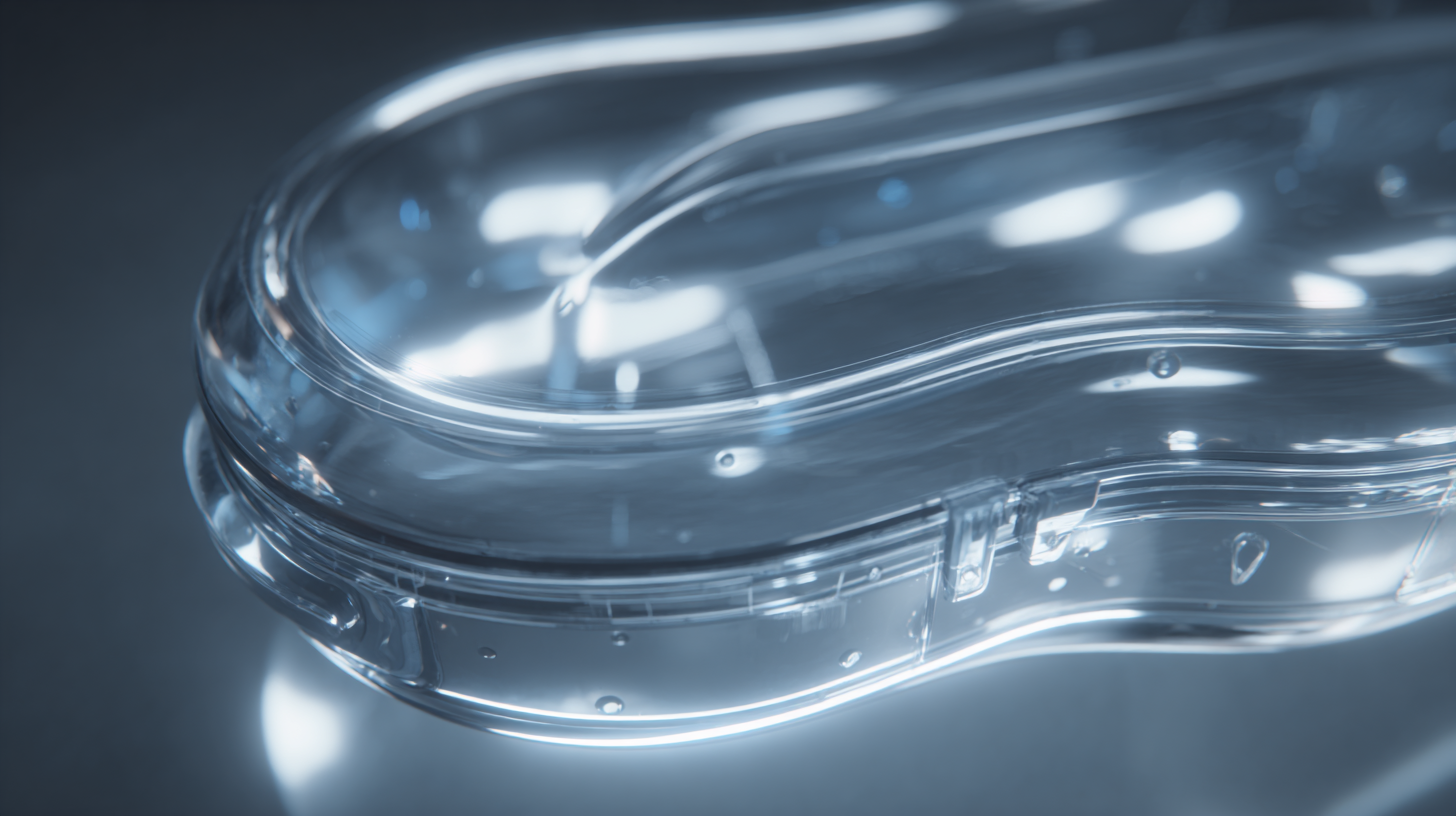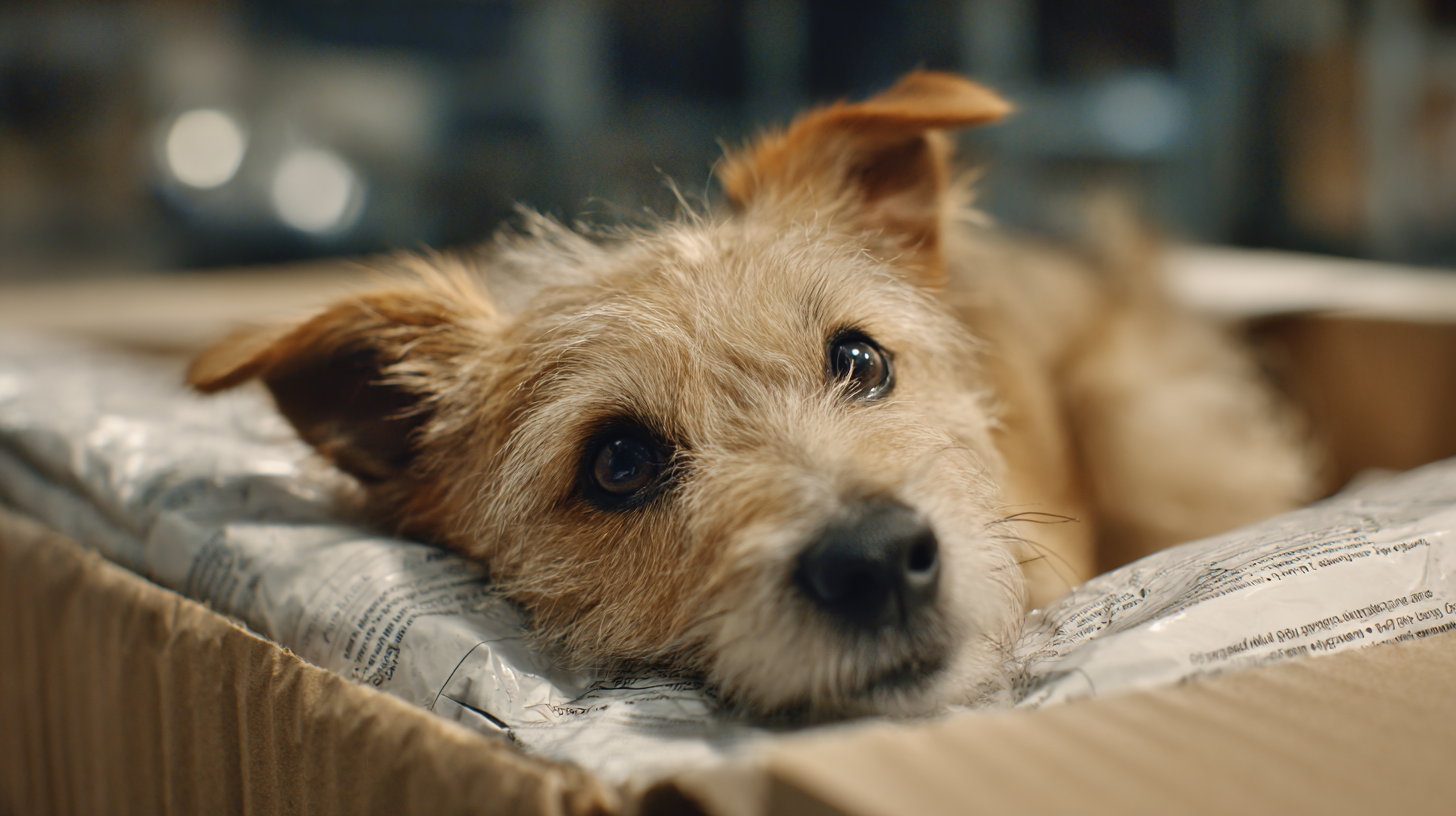The pet packaging industry is witnessing a transformative shift as brands and manufacturers explore innovative alternatives to meet the evolving needs of consumers and their beloved pets. Recent reports indicate that the global pet packaging market is projected to reach $20 billion by 2025, driven by increasing pet ownership and a growing demand for sustainable packaging solutions. As environmental concerns rise, companies are turning to biodegradable materials and advanced recycling technologies to enhance their product offerings. With a significant portion of pet owners prioritizing eco-friendly options—over 60% according to a recent survey—understanding the latest innovations in pet packaging is crucial for businesses aiming to capture this expanding market. This blog will guide you through the latest trends and practical alternatives in pet packaging solutions, highlighting the importance of sustainability in this rapidly growing sector.

The pet packaging industry is evolving rapidly, driven by the demand for more sustainable and innovative materials. According to a recent market report by Smithers Pira, the global pet packaging market is projected to reach $249.6 billion by 2024, with a significant portion of growth attributed to advancements in material science. Innovative materials such as biodegradable plastics, recycled PET (rPET), and plant-based packaging are leading this transformation, offering eco-friendly alternatives that meet the needs of both consumers and brands.
One prominent example of innovation is the use of rPET, which not only reduces landfill waste but also achieves the same quality and performance as virgin plastics. The National Association for PET Container Resources (NAPCOR) reported that in 2021, about 29% of PET bottles were recycled in the U.S., pointing towards a growing trend in the adoption of sustainable practices within the industry. Furthermore, advancements in bioplastic technology, which includes materials created from renewable resources like cornstarch and sugarcane, are expected to boost sustainability efforts, making pet packaging more environmentally friendly while satisfying regulatory pressures and consumer preferences.
As companies continue to invest in research and development, we can anticipate even more groundbreaking materials that not only reduce environmental impact but also enhance the functionality and aesthetic appeal of pet packaging. The future is bright with possibilities, as these innovative materials pave the way for a more sustainable and responsible pet packaging landscape.
| Material Type | Recyclability | Biodegradability | Cost per Unit | Durability |
|---|---|---|---|---|
| Post-Consumer Recycled Plastic | Yes | No | $0.50 | High |
| Bioplastic (PLA) | Yes | Yes | $0.75 | Medium |
| Mushroom Packaging | Yes | Yes | $1.00 | Low |
| Recycled Cardboard | Yes | Yes | $0.30 | Medium |
| Plant-Based Foam | Yes | Yes | $1.20 | High |
The pet industry is witnessing a transformative shift towards sustainability, with biodegradable and compostable packaging emerging as key players in this change. As environmental awareness grows among consumers, pet product companies are increasingly exploring innovative packaging solutions that minimize their ecological footprint. Traditional plastic packaging contributes significantly to waste, but eco-friendly alternatives made from materials such as plant-based polymers are becoming more prevalent. These materials not only break down more naturally but also reduce the reliance on fossil fuels, making them a more responsible choice for pet owners who are conscious of their environmental impact.
Moreover, the rise of biodegradable and compostable packaging is not just a trend; it represents a commitment to a greener future. Brands that adopt these solutions often see positive responses from consumers who value sustainability. This shift encourages a circular economy in the pet industry, where packaging can be returned to the earth without leaving harmful residues. Companies are exploring creative designs that maintain functionality while being eco-friendly, ensuring that the shift does not compromise the quality and safety of pet products. As more manufacturers invest in these sustainable practices, we can expect significant advancements that will shape the future of packaging in the pet industry.

As the global demand for sustainable packaging continues to rise, the pet industry is no exception. By 2032, the worldwide market for polyethylene terephthalate (PET) is expected to grow from $52.94 billion in 2024 to an astounding $109.63 billion, achieving a compound annual growth rate (CAGR) of 9.5%. This growth reflects a significant shift in consumer preferences towards sustainable products, particularly in pet packaging, where innovative alternatives are gaining traction.
The sustainable pet product market is projected to reach $35.1 billion by 2024, expanding at a CAGR of 7.6% from 2025 to 2034. This growth is largely driven by changes in consumer attitudes and an increasing willingness to invest in eco-friendly options for their pets. As businesses adapt to this trend, we can expect a surge in the availability of pet packaging solutions made from recycled and sustainable materials, aligning with broader efforts to reduce environmental footprints across various industries. Overall, the future of pet packaging not only looks promising in terms of market growth but also emphasizes the importance of sustainability in meeting consumer demands.
The global pet food packaging market is projected to reach a value of $11.38 billion in 2024, and is expected to grow further to $12.05 billion in 2025, eventually soaring to $18.48 billion by 2032. This significant growth underscores the increasing demand for innovative packaging solutions that not only preserve the freshness of pet food but also enhance consumer experience.
Innovative designs are at the forefront of reshaping pet food packaging, focusing on materials and technologies that improve product longevity. For example, low-temperature baked pet food has gained traction, leading brands to invest in innovative packaging that maintains optimal freshness and taste. The packaging industry is also witnessing a shift towards sustainable materials, aligning with consumer preferences for eco-friendly products. As the market evolves, strategies that combine freshness preservation with attractive, functional designs are likely to dominate, driving both brand loyalty and consumer satisfaction.

In recent years, the pet packaging industry has witnessed a significant transformation, primarily driven by advancements in technology aimed at enhancing sustainability. According to a report by Allied Market Research, the global sustainable packaging market is expected to reach $643.38 billion by 2027, growing at a CAGR of 11.4%. This growth is fueled by the increased emphasis on eco-friendly materials and innovative packaging designs that minimize environmental impact. Companies are now leveraging biodegradable plastics, recycled materials, and smart packaging technologies to not only improve product lifecycle management but also to cater to the environmentally conscious consumer.
Additionally, technology plays a pivotal role in streamlining the production process, reducing waste, and ensuring that packaging meets stringent sustainability criteria. For instance, the use of blockchain technology in supply chain management allows businesses to track the source of materials, ensuring that they are ethically and sustainably sourced. A report from Smithers Pira highlights that 73% of consumers are willing to pay more for sustainable packaging solutions, indicating a clear market demand for environmentally friendly options. By integrating these technological advancements, the pet packaging sector not only meets consumer expectations but also contributes to a more sustainable future.
